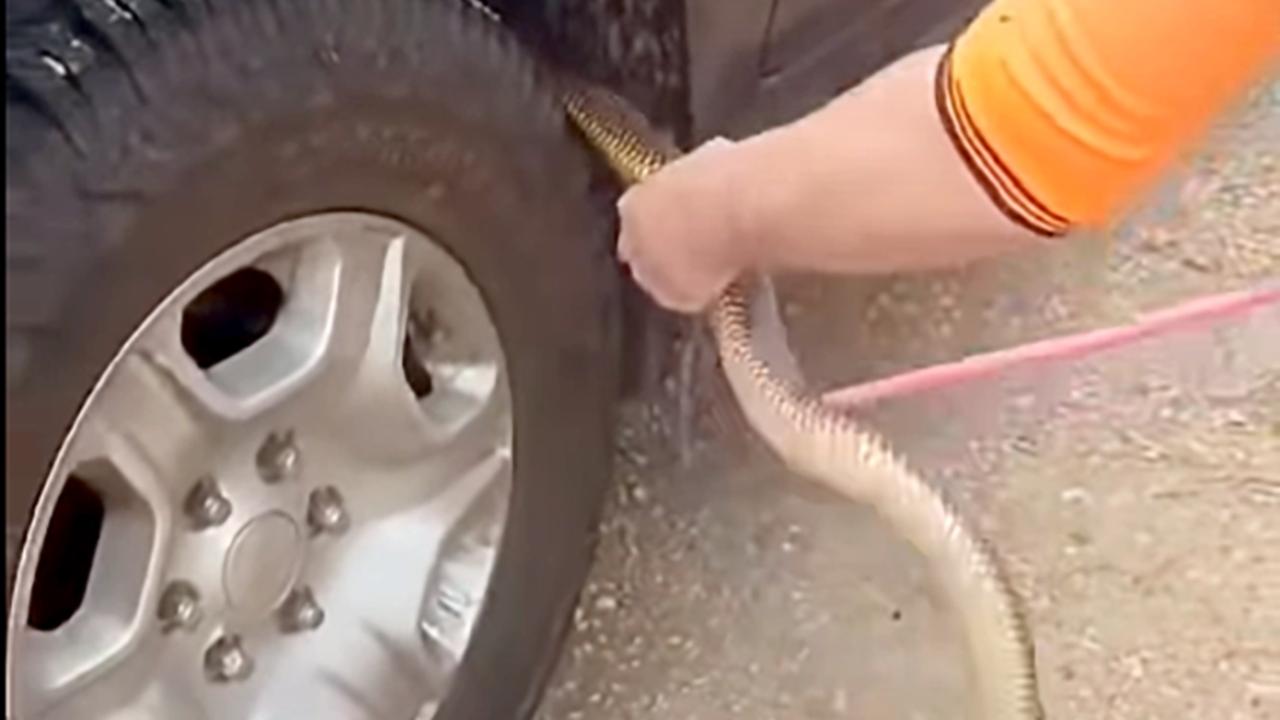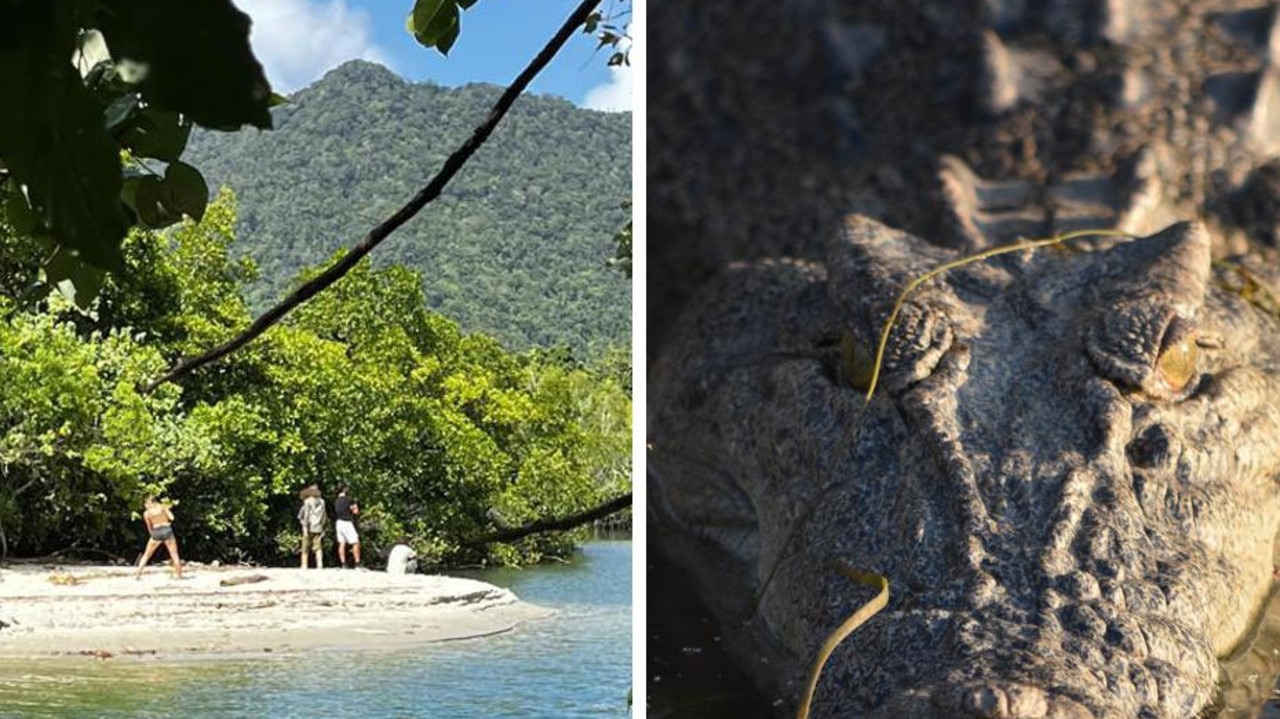Scientists make major breakthrough in recreating the extinct Tasmanian tiger
American and Australian scientists say they have made a breakthrough in their quest to recreate the Tasmanian tiger, nearly a century after it became extinct.

Animals
Don't miss out on the headlines from Animals. Followed categories will be added to My News.
Researchers say the Tasmanian tiger could be reborn in three years after a breakthrough in genome sequencing.
“It’s a big deal. The genome we have for it is even better than we have for most living animals which is phenomenal,” Melbourne University scientist Andrew Pask said.
The project is funded by US de-extinction and preservation company Colossal and runs in conjunction with the University of Melbourne.
Colossal says the relatively recent extinction of Tasmanian tigers means many specimens are well preserved, and the animals are vital to the healthy function of the Tasmanian ecosystem. The animals, technically called thylacine, became extinct in 1936.
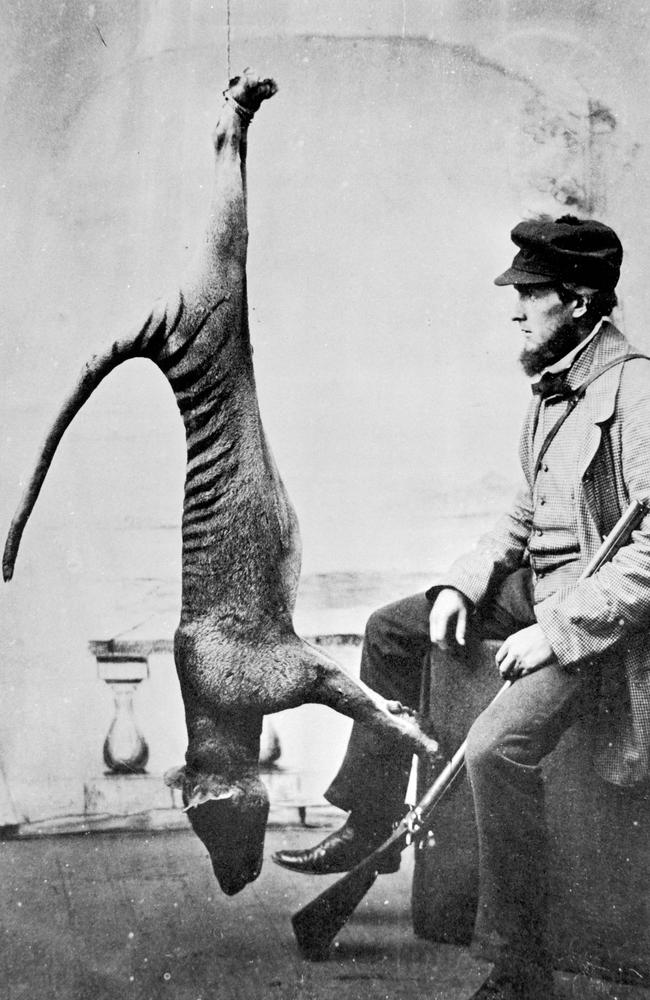
Researchers used “one of the best preserved specimens known for any extinct species” to produce a comprehensive genome.
“This genome is a first for an extinct species, and a feat that many scientists believed would never be achieved for extinct species,” Colossal says.
A genome is all the genetic information of an organism.

“It’s rare to have a sample that allows you to push the envelope in ancient DNA methods to such an extent,” Colossal chief scientist Beth Shapiro said.
“We’ve delivered a record-breaking ancient genome that will accelerate our thylacine de-extinction project.”
At the same time, the researchers have achieved world-firsts in assisted reproductive technologies. The scientists optimised an approach for inducing ovulation in dunnarts – small marsupials only found in Australia. From there scientists can control when dunnarts come into heat, producing more eggs.
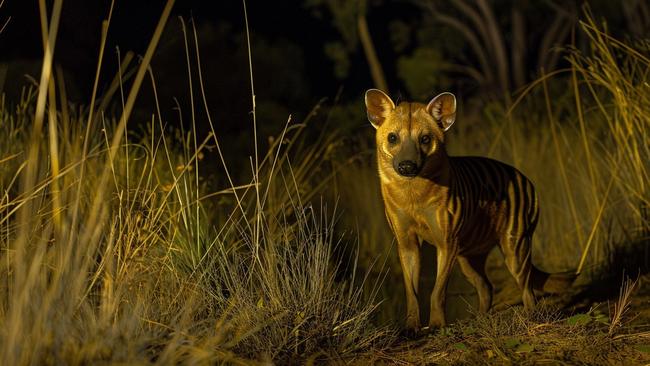
“These eggs can then be used to create new embryos, and, eventually, these eggs will be host for our edited thylacine genomes.”
Separately, scientists have been able to take fertilised single-cell embryos and culture them over half way through pregnancy in an artificial uterus device.
Thirdly, scientists used dog and wolf DNA to find the genes which gave Tasmanian tigers their distinct jaw and skull shapes. After a series of experiments, thylacine DNA was put into mice, which changed the mice’s head shape.
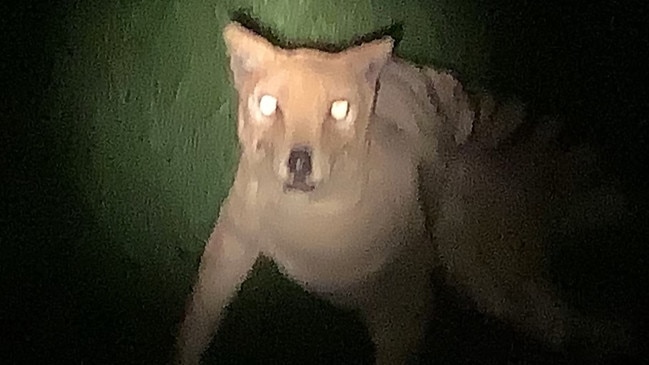
The thylacine DNA was also successfully “knocked-in” to dunnart DNA, which is crucial because dunnarts will be the surrogates for Tasmanian tigers. The researchers are now aiming to facilitate the birth of a Tasmanian tiger within three years, and think the animals can be returned to the wild in 10 years.
The last known thylacine died in a Hobart zoo in 1936.
The animals were once found spread across mainland Australia, north to New Guinea and south to Tasmania.
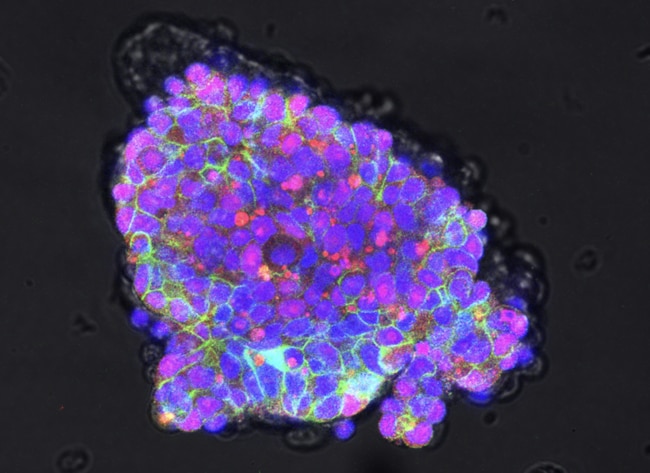
The Australian Museum says the precise reason for extinction is unknown, but populations declined on the mainland as a result of competition with the dingo and perhaps hunting pressure from humans, not less than 2000 years ago.
Decline and extinction came about in Tasmania because of the introduction of dogs, but appears mainly due to direct human persecution as an alleged pest. Dingoes were never introduced to Tasmania.
A mummified carcass of a thylacine has been found in a cave on the Nullabor Plain. This specimen lived about 4000 to 5000 years ago, just before the dingo was introduced into Australia.
Originally published as Scientists make major breakthrough in recreating the extinct Tasmanian tiger


